
The Evolution of Ancient Greek Armor
The earliest forms of Greek armor date back to the Bronze Age, around 1600-1100 BCE. During this time, armor was made primarily from bronze, a combination of copper and tin, which was both durable and relatively easy to shape. The Minoans and Mycenaeans, early Greek civilizations, utilized bronze armor and weapons, which set the stage for later developments in Greek military equipment.
Bronze Age armor was not just about protection; it was a symbol of status and technological advancement. The Minoans, for example, are known for their intricate designs and ornamental armor, which highlighted their craftsmanship. These early designs were not only functional but also served ceremonial purposes, showcasing the wearer's wealth and position in society.
The Dendra Panoply and Early Weaponry
One of the most well-known examples of early Greek armor is the Dendra Panoply, discovered in a tomb in Dendra, Greece. This suit of armor, dating back to the 15th century BCE, consists of a helmet, cuirass, and greaves, all made of bronze. The Dendra Panoply provides a glimpse into the sophistication of ancient Greek armor design and its importance in warfare. The armor's design included advanced features like mobility-enhancing joint protection, demonstrating a balance between defense and practicality.
Alongside armor, Greek weapons played a crucial role in battle. Early Greek warriors wielded spears, swords, and daggers, often made of bronze. As time progressed, iron began to replace bronze in weapon production, leading to more durable and effective weapons. The transition from bronze to iron also marked a shift in military strategy, as iron weapons enabled more aggressive and prolonged engagements on the battlefield.
Cultural and Mythological Significance
Armor in ancient Greece was more than just a military tool; it was a cultural artifact. The design and decoration of armor pieces often reflected the myths and legends prevalent in Greek society. Warriors adorned their shields and armor with symbols of gods and heroes, seeking divine protection and inspiration in battle. This cultural interplay highlights the deep connection between Greek mythology and military endeavors.
The Rise of the Hoplite
The rise of the hoplite, a heavily armored infantry soldier, marked a significant shift in Greek military tactics and equipment. This period, roughly from the 8th to the 4th century BCE, saw the introduction of more advanced armor and weaponry.
Hoplite armor, also known as panoply, included a helmet, cuirass, greaves, and a large round shield called a hoplon. These soldiers wore a bronze cuirass for torso protection, which later evolved into a more flexible linen or leather version called the linothorax. The hoplon, made of wood and covered in bronze, was essential for the phalanx formation, a tight-knit group of soldiers that relied on overlapping shields for protection. This formation required immense discipline and coordination, transforming the battlefield dynamics of the time.
The Linothorax and Equipment Evolution
The linothorax was a revolutionary development in armor design, offering a lightweight alternative to traditional bronze cuirasses. Made from layers of linen glued together, it provided considerable protection while allowing greater mobility. This flexibility proved advantageous in the fast-paced, fluid combat scenarios that characterized Greek warfare. The linothorax also represented an economic shift, as it was less costly to produce than full bronze armor, making it more accessible to a broader range of soldiers.
Hoplites were equipped with a long spear called a dory and a short sword known as a xiphos. The dory was the primary weapon, used for thrusting over the top of the shield wall. The xiphos served as a secondary weapon for close combat once the spears were no longer effective. This dual-weapon system allowed hoplites to adapt quickly to changing combat situations, maintaining their effectiveness as both individual fighters and as part of a coordinated unit.
The Phalanx Formation
The phalanx formation was a hallmark of hoplite warfare, emphasizing collective strength and unity. Soldiers stood shoulder to shoulder, with their shields interlocked, creating a formidable barrier against enemy attacks. This formation required rigorous training and discipline, embodying the Greek ideals of cooperation and community. The success of the phalanx demonstrated the importance of strategy and organization in warfare, influencing military tactics for centuries to come.
City-State Differences: Athens vs. Sparta
Athens and Sparta, two of the most powerful city-states in ancient Greece, played significant roles in the evolution of Greek armor and weaponry. Each city-state had its unique approach to warfare, which influenced the development of military equipment.
Athens was known for its naval power and advanced shipbuilding techniques. Athenian soldiers, however, still relied on traditional hoplite armor and tactics for land battles. The Athenians invested in high-quality armor and weapons, ensuring their soldiers were well-equipped for battle. The emphasis on quality highlighted Athens' wealth and commitment to maintaining a robust military presence, both on land and sea.
While Athens excelled in naval warfare, its land forces were no less formidable. The integration of naval and land strategies allowed Athens to project power across the Mediterranean. Athenian armorers were known for their innovative designs, often incorporating elements that enhanced both protection and aesthetics. This dual focus on form and function reflected Athens' broader cultural values, which celebrated both martial prowess and artistic expression.
Sparta, on the other hand, was renowned for its highly disciplined and skilled warriors. Spartan soldiers, or hoplites, wore similar armor to their Athenian counterparts but placed a greater emphasis on mobility and speed. Spartan armor was often lighter, allowing for greater maneuverability on the battlefield. This focus on agility complemented Sparta's aggressive, direct approach to warfare, where quick, decisive actions were paramount.
The Spartan military ethos was rooted in rigorous training and unwavering discipline. From a young age, Spartan males underwent intense physical and military training, preparing them for the demands of battle. This upbringing instilled a sense of duty and resilience, reflected in their minimalist approach to armor. Spartans valued practicality over ornamentation, ensuring their equipment was optimized for performance in their distinct style of warfare.
The Hellenistic Period and Military Advancements
The Hellenistic period, following the conquests of Alexander the Great, saw further advancements in Greek armor and weaponry. This era, from the 4th to the 1st century BCE, was characterized by the spread of Greek culture and military innovations across the known world.
During the Hellenistic period, armor became more elaborate and diverse. The linothorax remained popular, but some soldiers began to wear chainmail or scale armor for added protection. Helmets also evolved, with designs such as the Thracian and Boeotian helmets offering improved protection and visibility. These advancements reflected the increased complexity and diversity of warfare during this period, as Greek armies encountered a wider range of adversaries and combat scenarios.
The conquests of Alexander the Great exposed Greek soldiers to a plethora of foreign cultures and military techniques. This exchange led to the adoption and adaptation of new armor styles and technologies. Greek armorers began to incorporate elements from Persian, Egyptian, and other regional designs, creating a unique fusion that enhanced the effectiveness and versatility of Greek military equipment.
The sarissa, a long spear used by Macedonian phalanxes, became the dominant weapon during this period. This weapon allowed soldiers to engage enemies from a greater distance, giving the Macedonian army a significant advantage in battle. Other weapons, such as the kopis, a curved sword, were also used for close combat. These innovations demonstrated the adaptability of Greek military strategy, as commanders sought to maximize the reach and impact of their forces.
The Macedonian phalanx, perfected under Philip II and Alexander the Great, was a formidable evolution of the traditional Greek phalanx. The extended reach of the sarissa and the depth of the formation created a nearly impenetrable front, capable of overwhelming enemy lines. This tactic exemplified the strategic ingenuity of the Hellenistic period, combining disciplined formations with innovative weaponry to achieve unprecedented military success.
Legacy and Cultural Impact
The evolution of ancient Greek armor and weaponry reflects the changing nature of warfare and the cultural values of the time. Greek warriors were not only equipped to protect themselves in battle but also to demonstrate their status and identity.
Modern recreations of historically accurate Greek armor allow enthusiasts and historians to better understand the intricacies of ancient Greek military equipment. These replicas help bring the history of ancient Greece to life, showcasing the craftsmanship and innovation of Greek armorers. By studying these reproductions, we gain insights into the materials, techniques, and design principles that defined Greek armor, enriching our understanding of this pivotal period in history.
The legacy of ancient Greek armor and weapons can still be seen today in modern military equipment. Concepts such as the phalanx formation and the use of shields for protection continue to influence military tactics and design. The principles of collective defense, strategic positioning, and effective weaponry remain central to modern military doctrine, underscoring the enduring impact of Greek military innovations.
Beyond its military applications, Greek armor holds profound cultural and historical significance. It serves as a testament to the values, beliefs, and technological achievements of ancient Greek society. The enduring fascination with Greek armor reflects a broader appreciation for the civilization's contributions to art, philosophy, and governance, highlighting the interconnectedness of these various facets of Greek culture.
Conclusion
The evolution of ancient Greek armor is a testament to the ingenuity and adaptability of the Greek people. From the early days of bronze armor to the sophisticated weaponry of the Hellenistic period, Greek armor played a crucial role in shaping the course of history. As we continue to study and appreciate these remarkable artifacts, we gain a deeper understanding of the culture and values of ancient Greece.
Whether you're a history enthusiast or simply intrigued by ancient warfare, the story of Greek armor offers a fascinating glimpse into the past and the enduring legacy of one of history's most influential civilizations. The lessons learned from the development and use of Greek armor resonate through time, offering insights into the complex interplay between technology, culture, and warfare.

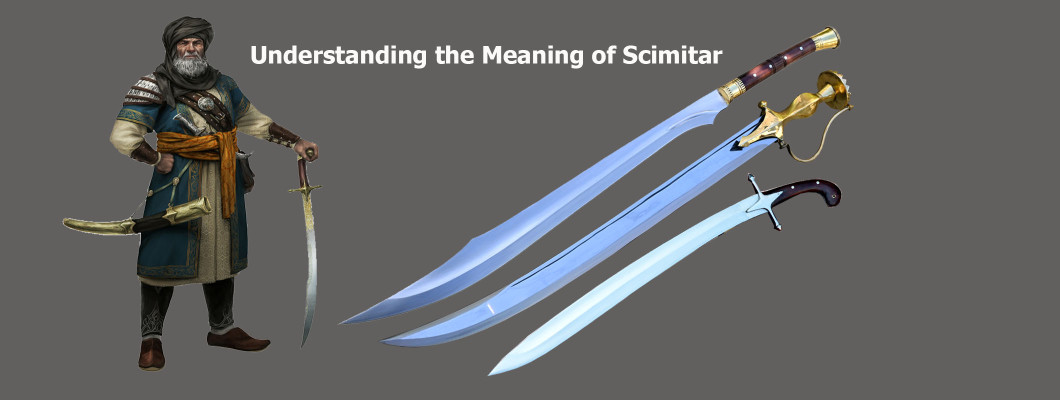
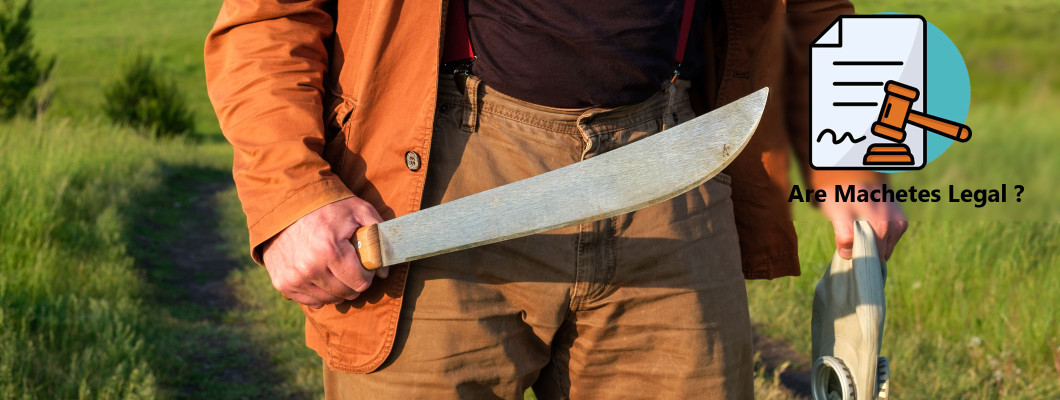
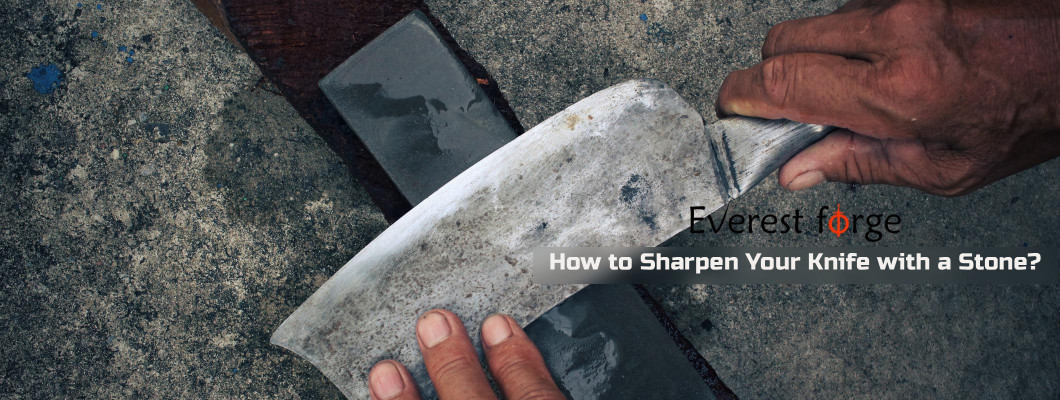

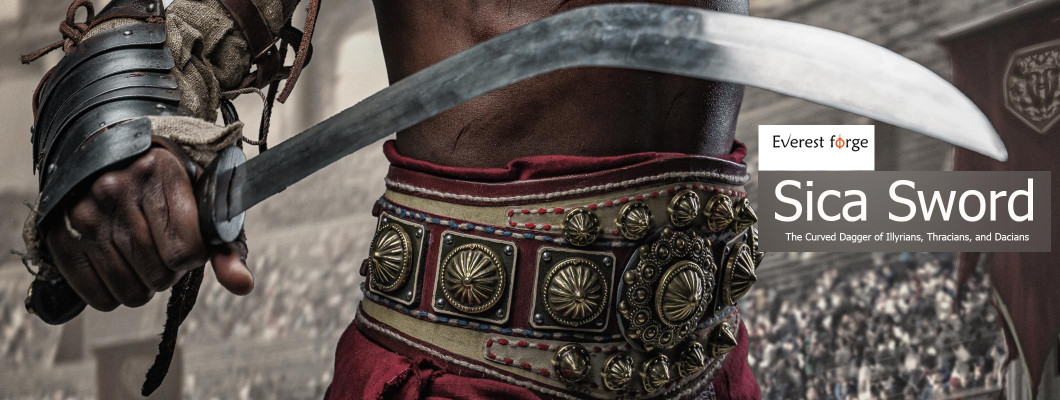
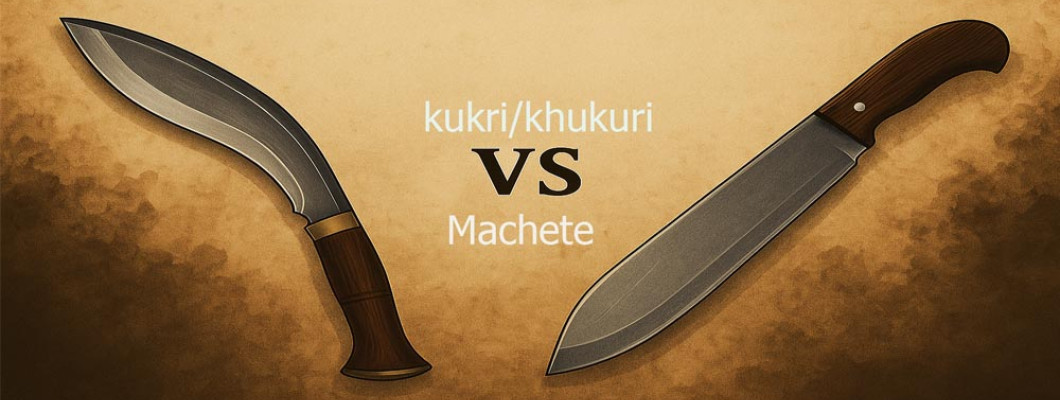
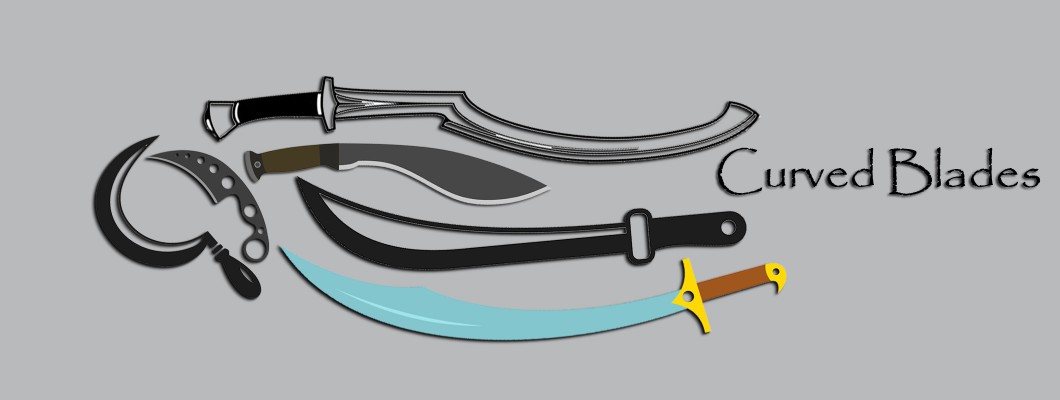
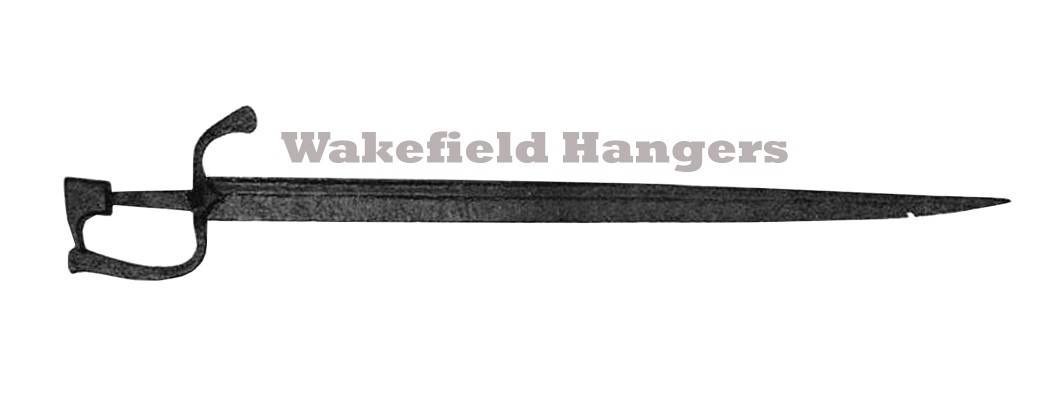



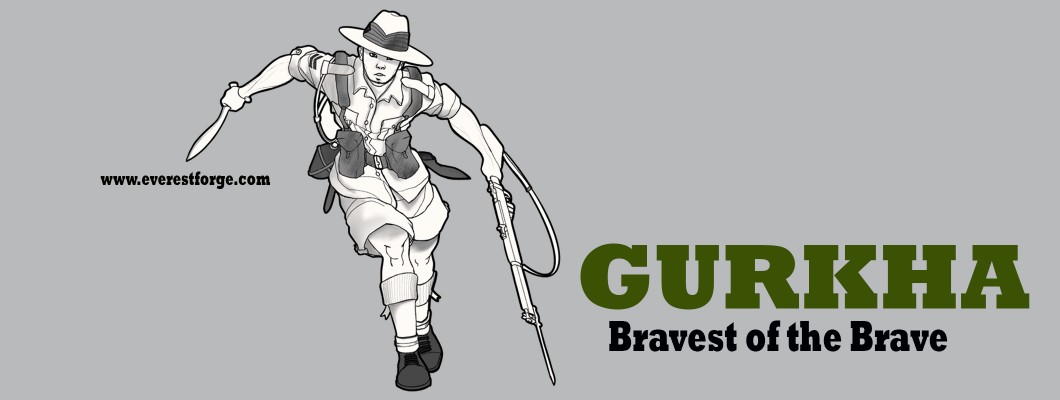
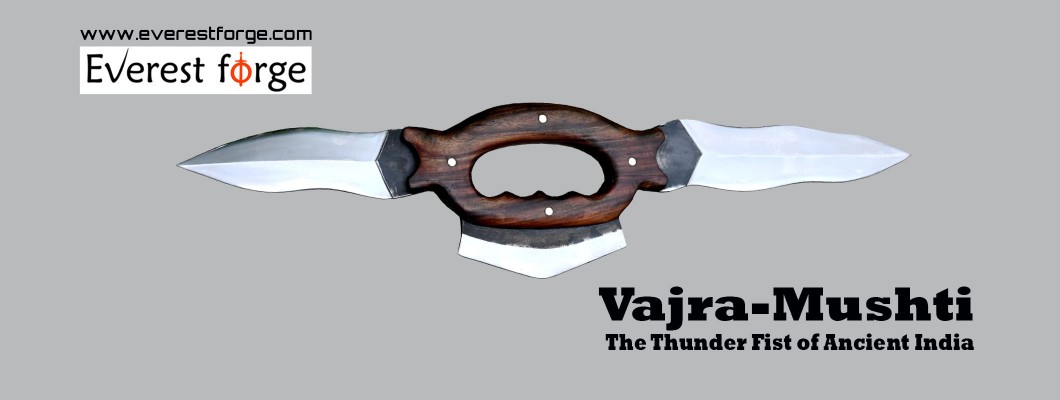
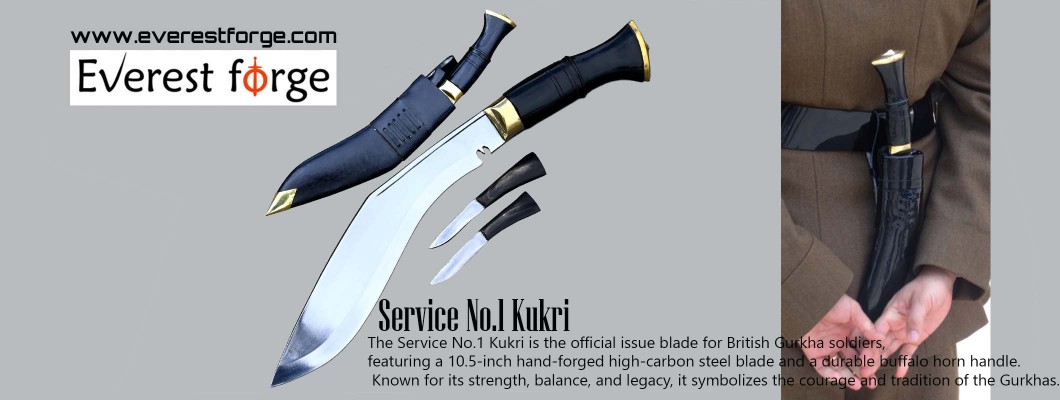
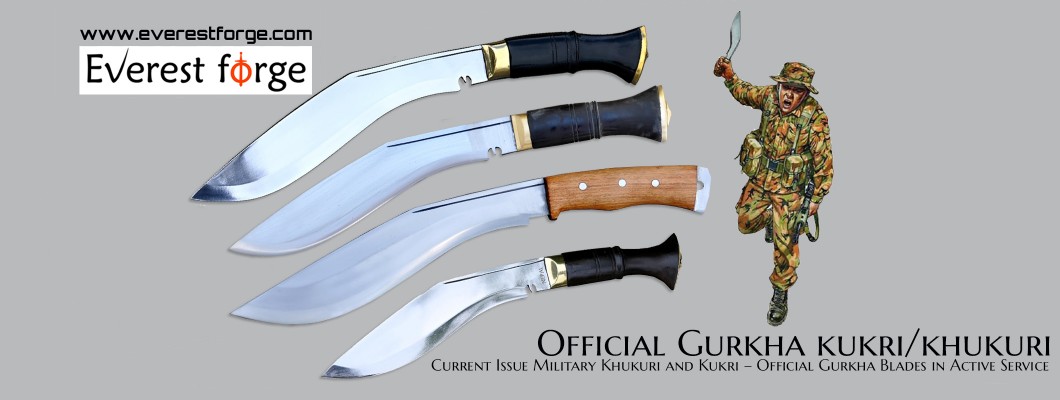
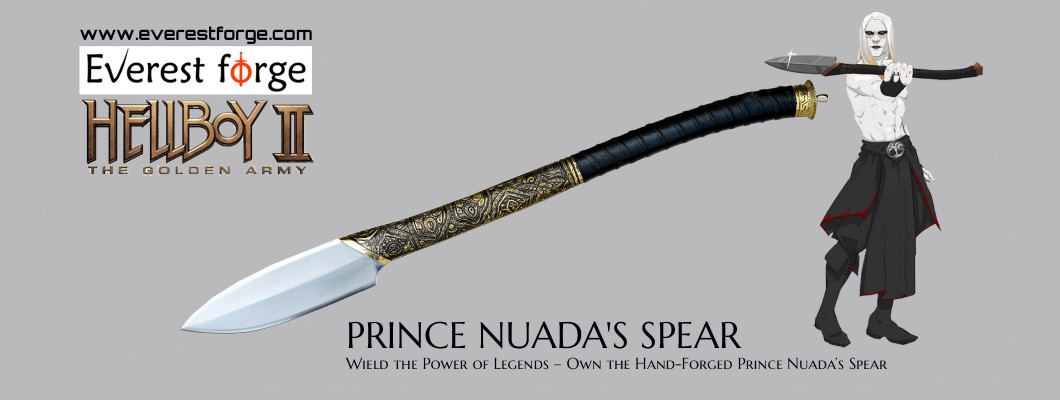
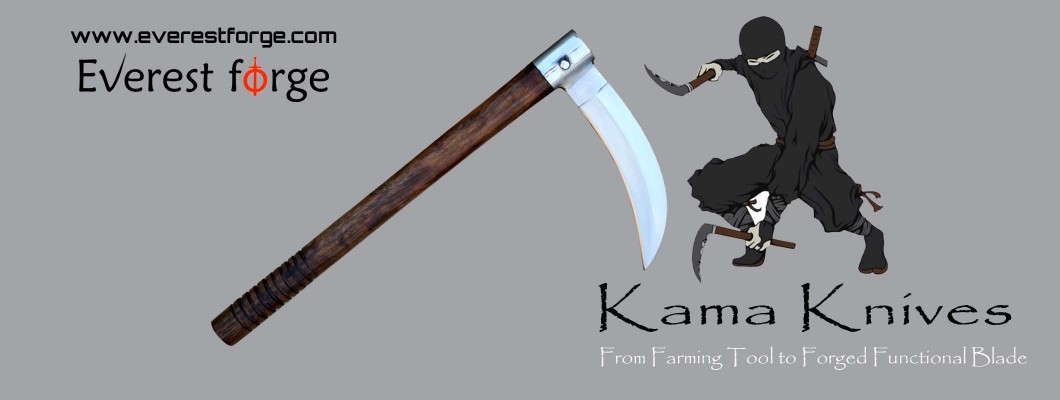
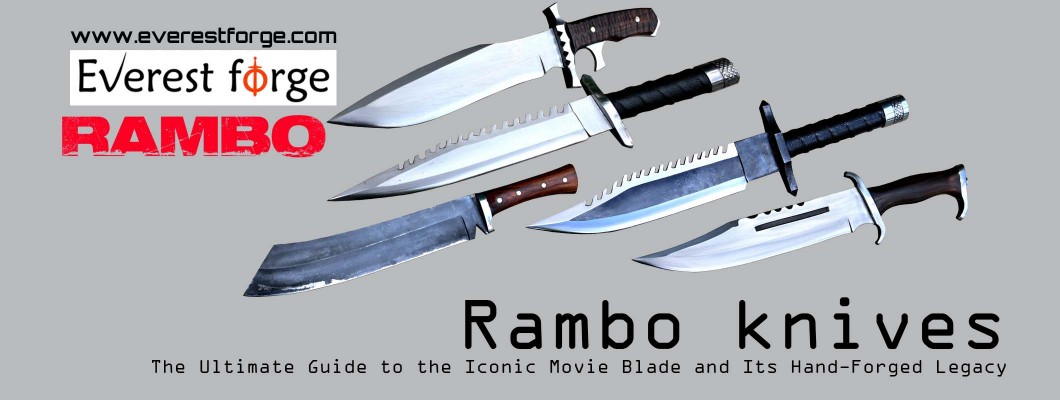

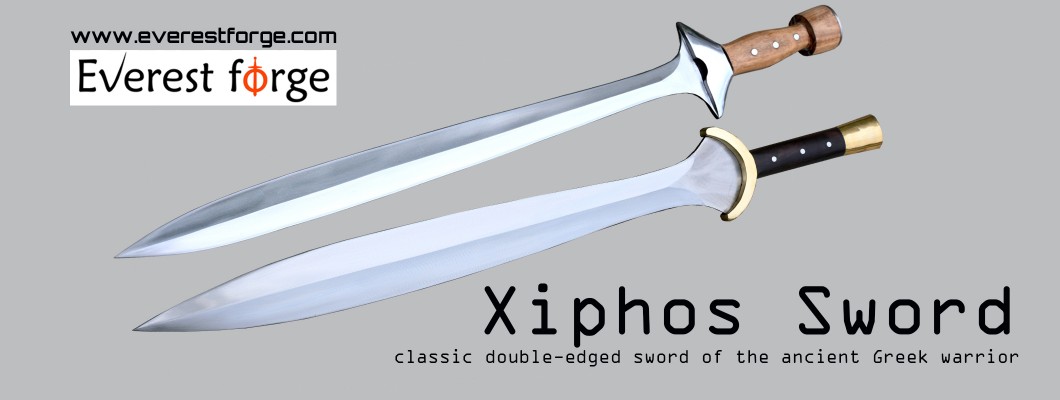
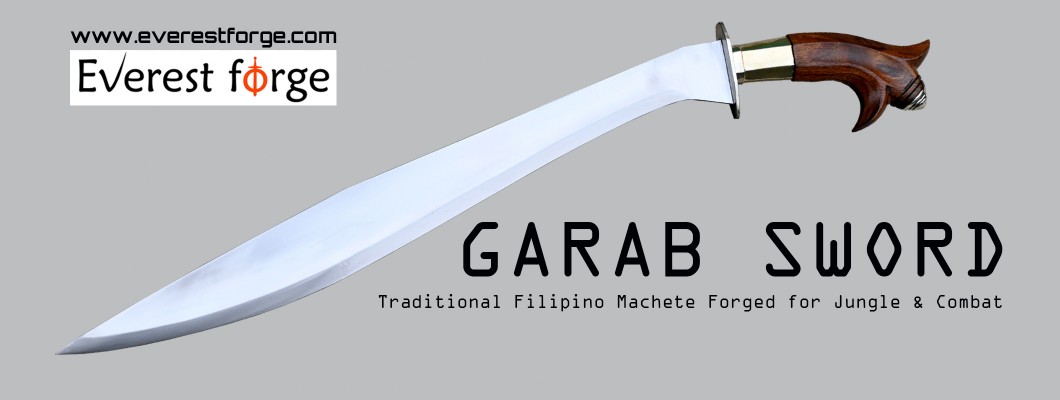
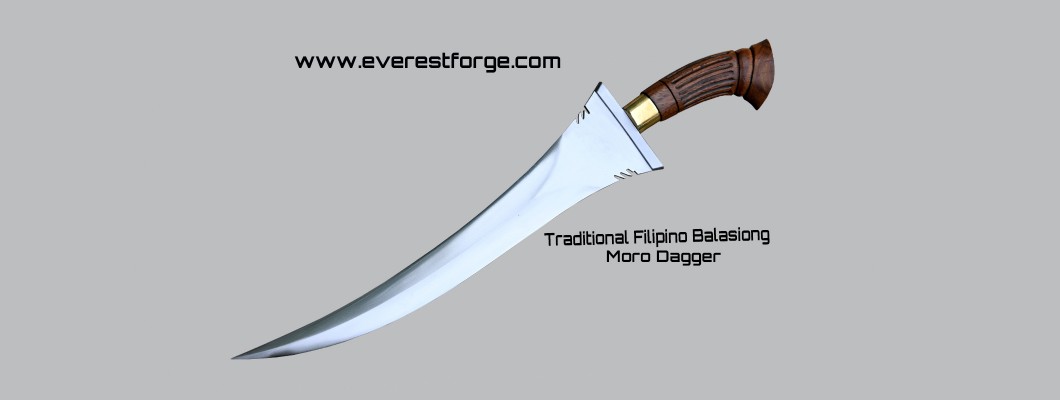

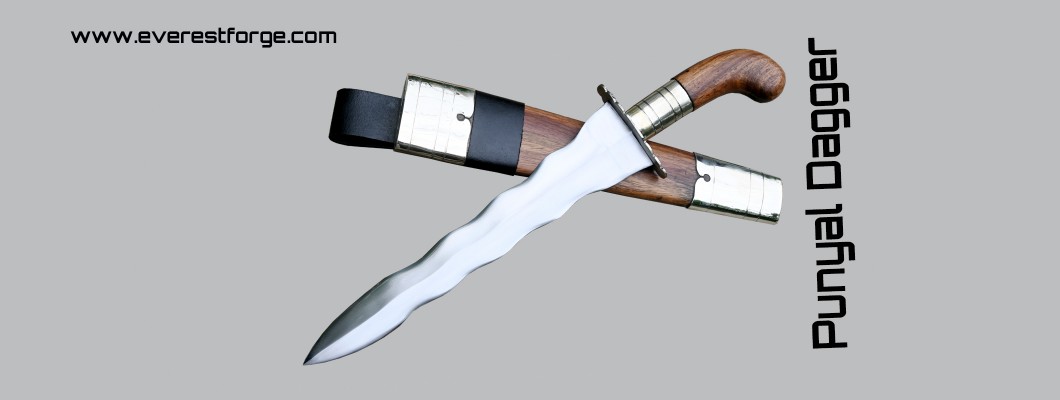
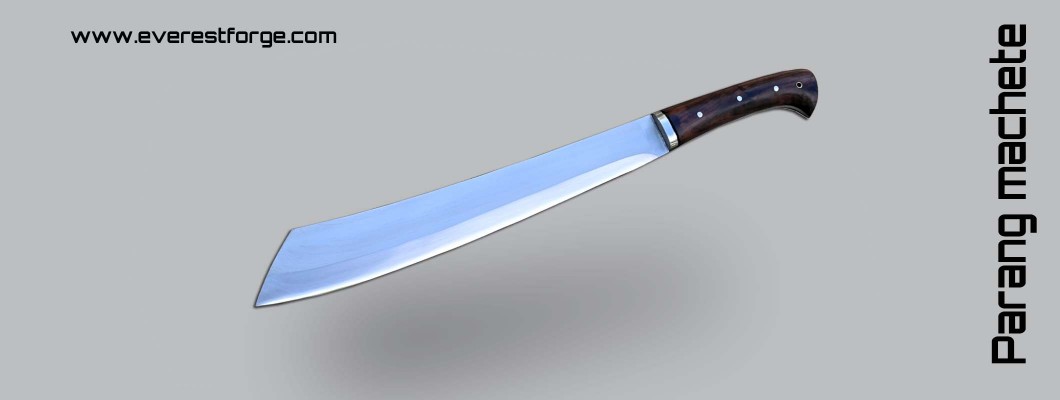
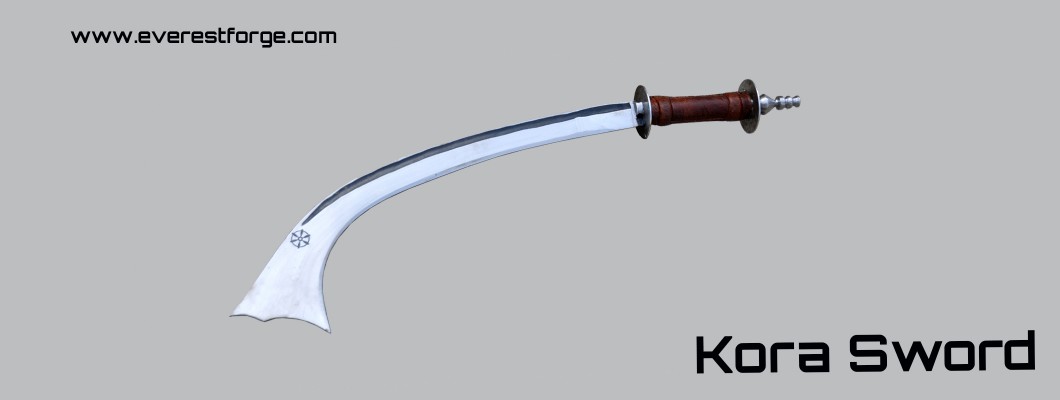
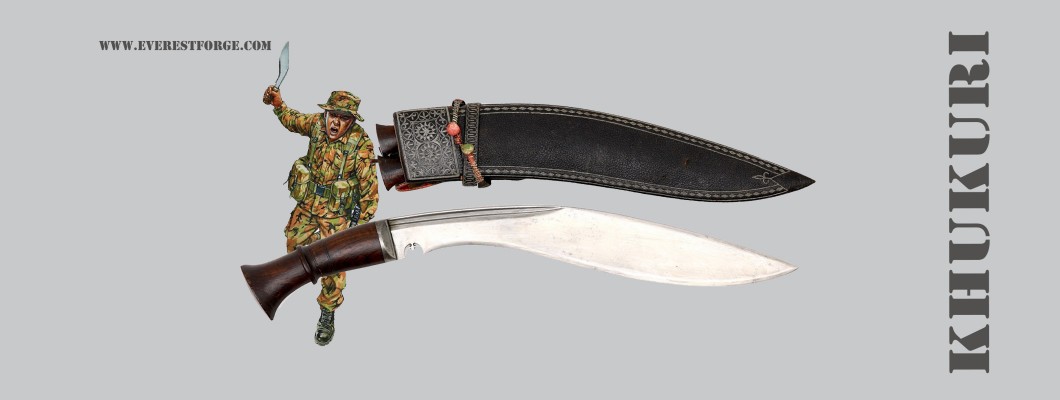
Leave a Comment